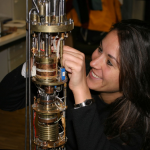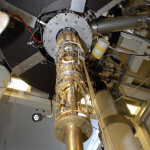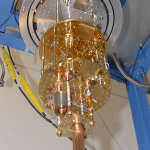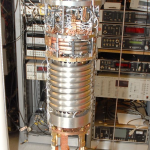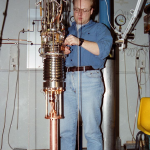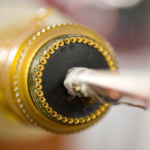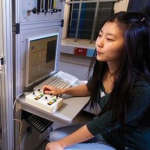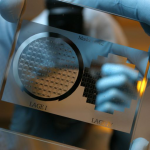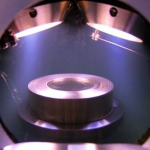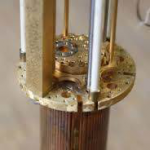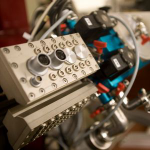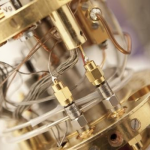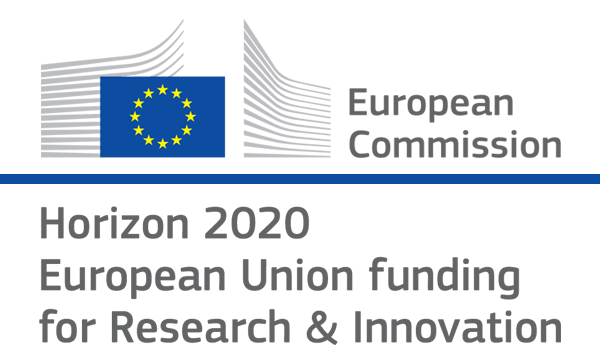

- Photon Transport in a Bose-Hubbard Chain of Superconducting Artificial Atoms
G. P. Fedorov et al., Phys. Rev. Lett. 126, 180503 (2021) - Path-Dependent Supercooling of the
He3 Superfluid A-B Transition
Dmytro Lotnyk et al., Phys. Rev. Lett. 126, 215301 (2021) - Superconductivity in an extreme strange metal
D. H. Nguyen et al., Nat Commun 12, 4341 (2021) - High-Q Silicon Nitride Drum Resonators Strongly Coupled to Gates
Xin Zhou et al., Nano Lett. 21, 5738-5744 (2021) - Measurement of the 229Th isomer energy with a magnetic micro-calorimeter
T. Sikorsky et al., Phys. Rev. Lett. 125 (2020) 142503
In-situ comprehensive calibration of a tri-port nano-electro-mechanical device
E. Collin, M. Defoort, T. Moutonet, J.-S. Heron, O. Bourgeois, Yu.M. Bunkov, H. GodfrinWe report on experiments performed in vacuum and at cryogenic temperatures on a tri-port nano-electro-mechanical (NEMS) device. One port is a very nonlinear capacitive actuation, while the two others implement the magnetomotive scheme with a linear input force port and a (quasi-linear) output velocity port. We present an experimental method enabling a full characterization of the nanomechanical device harmonic response: the nonlinear capacitance function C(x) is derived, and the normal parameters k and m (spring constant and mass) of the mode under study are measured through a careful definition of the motion (in meters) and of the applied forces (in Newtons). These results are obtained with a series of purely electric measurements performed without disconnecting/reconnecting the device, and rely only on known dc properties of the circuit, making use of a thermometric property of the oscillator itself: we use the Young modulus of the coating metal as a thermometer, and the resistivity for Joule heating. The setup requires only three connecting lines without any particular matching, enabling the preservation of a high impedance NEMS environment even at MHz frequencies. The experimental data are fit to a detailed electrical and thermal model of the NEMS device, demonstrating a complete understanding of its dynamics. These methods are quite general and can be adapted (as a whole, or in parts) to a large variety of electromechanical devices.
Rev. Sci. Instr. 83, 045005 (2012)
doi: 10.1063/1.4705992
